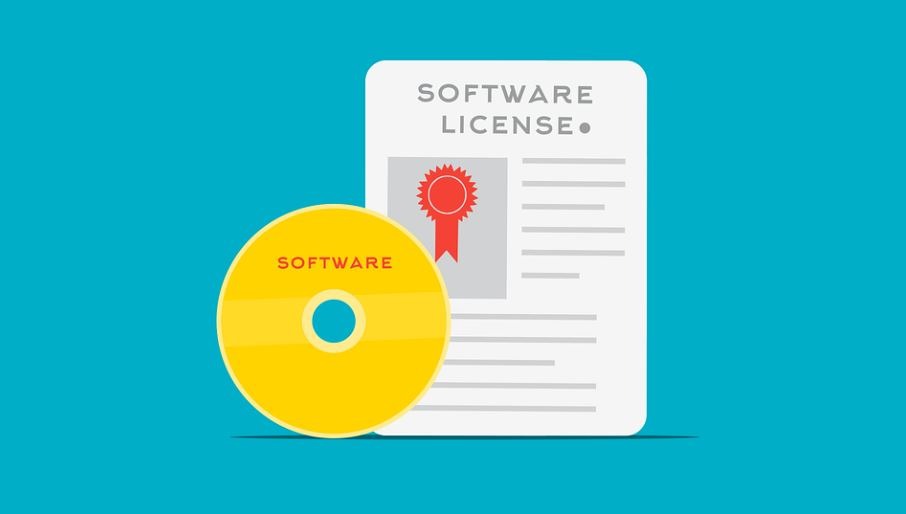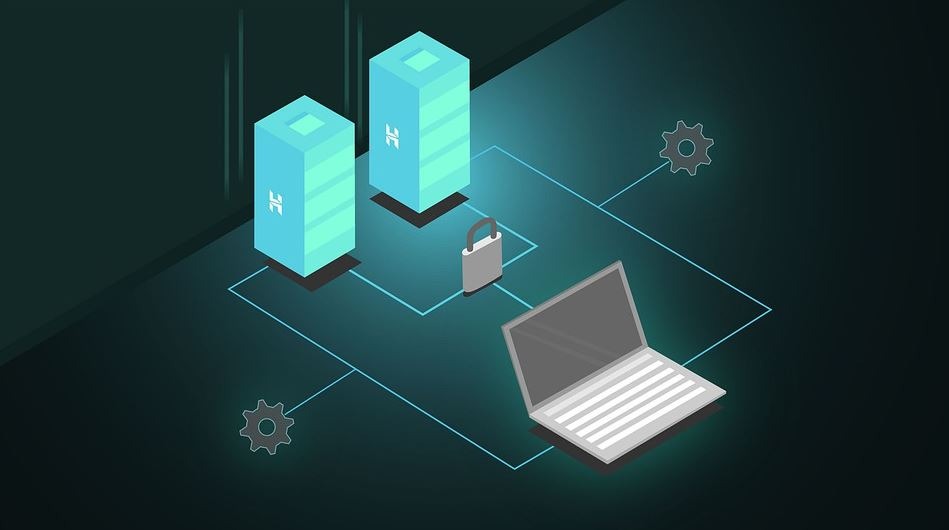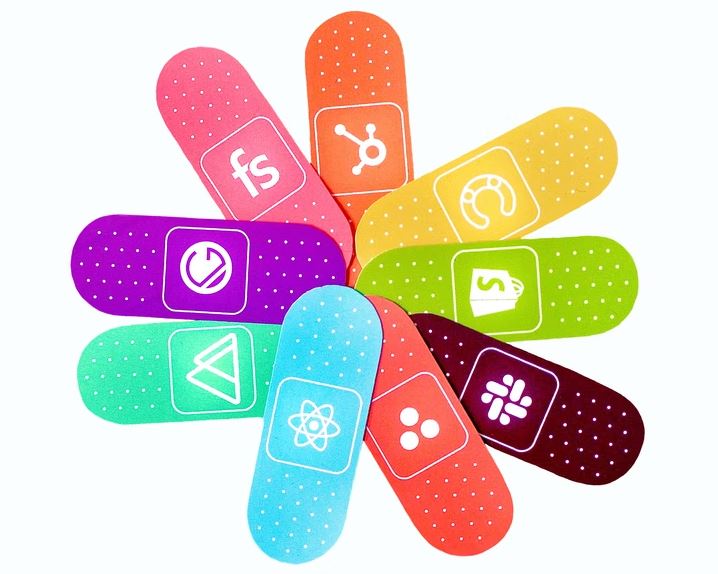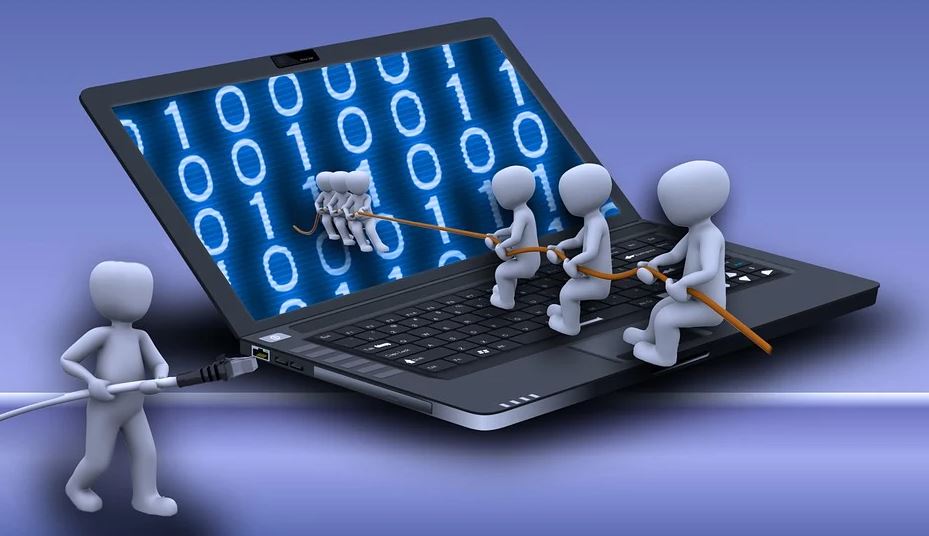by Noel Jerke (Author) |
Over a couple of decades, technology has become essential. From households to businesses, technology plays an important role. With a good internet connection and up-to-date smart devices, people can access anything from anywhere in the world. Software as a Service is provided to the clients over a cloud server. As a result, one does not have to run the software or application on the company’s computer but application logic runs in the cloud.
However, not everyone is still aware of SaaS. If you want to learn about SaaS, then this book is worth reading. The writer has kept the knowledge thorough and engaging for the reader. With numbers, pros and cons, applications, and the scope of SaaS, you get a better understanding. Also, this book can help to switch from traditional on-premises software to cloud computing which is SaaS. So, before you switch to SaaS solutions, read this book.
Chapter 1 and 2 – What and When?
The book starts with a simple definition of SaaS. SaaS and cloud computing are used interchangeably along with other categories of cloud computing such as Platform as a Service (PaaS) and Infrastructure as a Service (IaaS). The writer has mentioned the use of SaaS for businesses and how a SaaS can be beneficial for both small and medium businesses. Also, the writer talks about SaaS app accessibility and SaaS architecture.
“Businesses are finding it difficult to keep up with the competition without taking advantage of cloud-based technologies. SaaS platforms provide businesses with the agility and flexibility they need to stay ahead of the curve. SaaS solutions are becoming a necessity in today’s competitive market with more and more workers working remotely.”
– eBook Excerpt
In the second chapter, the writer explains the revolution and advancement of SaaS in computing technology. The writer starts with the history of SaaS and discusses the pre-SaaS era. Along with the history of SaaS, there are important milestones mentioned by the writer to keep the reading interesting. Also, the writer tells us about the adoption and rapid growth of SaaS usage in almost every industry and how it will affect future operations.
Chapter 3 and 4 – Who and Where?
Chapter 3 highlights the importance of SaaS in the business world. For example, the apps we use in professional or personal life such as Adobe, Salesforce, Oracle, Intuit, Shopify, SAP, ServiceNow, SnowFlake, Atlassian, Square, Autodesk, Zoom, Twilio, Workday, Veeva, HubSpot, and Cloudflare are the biggest industries using SaaS solutions. To get a better insight, the writer has mentioned the worth of each company in the market.
“Private capital and venture firms have played a pivotal role in advancement of the industry and big SaaS players are expected to achieve sustained growth in the foreseeable future.”
– eBook Excerpt
The fourth chapter explains the uses of SaaS. The writer explains the use of SaaS in Customer Relationship Management Solutions, Finance, Accounting and Billing, Human Resources, Project Management, Communication and Collaboration, Content Management Systems, Enterprise Resource Planning, etc. The use of SaaS in fast-growing businesses has made them opt for cloud-based technology.
“Moving to the cloud is not a question of ‘if’ anymore and has become a matter of when.”
– eBook Excerpt
Chapter 5 – Why?
The writer has explained thoroughly the need for SaaS in businesses. Most businesses have moved to cloud-based computing rather than using traditional software to be competitive in the market. However, everything comes with pros and cons, and so are SaaS solutions. For some businesses, switching to SaaS solutions might be a challenge.
To make it easier, the writer has mentioned the benefits of SaaS such as low upfront costs, high level of scalability and flexibility, maintenance-free, automatic updates, cross-platform compatibility, app integration, high adaptability, service-level guarantees, security and compliance, and white-labeling.
Before SaaS, every business used to have software that was compatible with on-premises computer devices. Employees were only able to work on-premises software but now with SaaS, companies have software on the cloud. It means that their employees can access the software anywhere in the world with an internet connection.
“High upfront costs associated with on-premises software has been the biggest hurdle for small and medium businesses. The SaaS model has leveled the playing field and enables SMBs and even individuals to leverage modern technologies to their benefit. SMBs now have access to the same technologies that were previously reserved for large enterprises.”
– eBook Excerpt
“Since SaaS apps are run through the cloud and are accessible using almost any device, they offer excellent cross-platform compatibility. This is particularly beneficial for remote workers who can work efficiently from anywhere.”
– eBook Excerpt
Along with advantages, the writer has mentioned drawbacks of SaaS such as limited control, SaaS security and challenges, SaaS compliance challenges, performance issues, limited apps and functionality, contractual obligations, limited customization, and data mobility. You might be confused about how a pro can be a con. It is because SaaS works with the internet and cloud computing, so if you are not having internet, SaaS solutions are of no use.
Also, SaaS limits the use of software or applications if the device is not up-to-date or it does not meet the requirements to run a cloud application. For some businesses, getting up-to-date equipment might be a problem that creates the challenges to switch to SaaS solutions. Security challenges, on the other hand, raise the question if the data is secured properly.
“Like everything else, SaaS software has its own pros and cons and is not perfect. However, the pros generally outweigh the cons, which is why SaaS gained so much popularity in a short span of time.”
– eBook Excerpt
“Understanding the technical jargon and the SLA can be a daunting task, especially for non-technical staff. Penalties for overusing can be steep and if businesses don’t understand the terms and their contractual obligations, they might end up paying large sums of money in the long run.”
– eBook Excerpt
Businesses need to understand the regulations that apply to them, especially when their data is being stored and processed in datacenters that are not within their control.
– eBook Excerpt
Chapter 6 – How?
After a thorough discussion of SaaS, the writer engages the readers and gives an overview of the SaaS market. The writer has discussed the influence of SaaS in businesses for strategies and processes such as customer services, talent management, performance tracking, forecasting, predicting customer behavior, marketing, and sales, demand-driven planning, accelerating innovation, business transformation, and much more.
When it comes to the strategies you can use SaaS solutions for marketing products, marketing strategies, marketing channels, customer and target audience, competition and pricing, generating traffic, etc. SaaS is not only to manage and run the operations but also to get the audience for your content. For example, SaaS can be used to generate organic traffic via SEO, content marketing, PPC/Paid Search, industry exposure, intelligent referral marketing, etc.
“It empowers both SMBs and enterprises to be more productive and goal-driven.”
– eBook Excerpt
If you are signing up for SaaS solutions, there are a few things to keep in mind. They help you to know what you are stepping in and how you would use them to make your business run smoothly. If you are not aware of the terms and conditions of SaaS solutions, you will end up paying huge amounts for subscriptions. In this chapter, the writer has cleared the grounds for the readers to know more about SaaS.
Usually, SaaS solutions provide features according to the subscription plan. If the business requires all the features, then you have to pay a premium for more and better features. As they say, the more the merrier, but make sure you look for the right one for the business. Some SaaS providers use a freemium approach where you get a free trial product for a test drive but they charge a premium on extra features.
“Most SaaS solutions have different feature sets and pricing tiers, while some also allow you to only pick the features you need. Determining the must-haves enable businesses to avoid overpaying for features or seats they won’t actually use, especially when they are already using solutions that cover some of those features.”
– eBook Excerpt
“SaaS Software Is Just a Trimmed-down Version of Sophisticated On-premises Apps”
– eBook Excerpt
“Advancements in the field of IT, reliable internet and lower barriers to entry have paved the way for SaaS. SaaS companies are eager to find new solutions, but variety and options can also lead to SaaS chaos and decision paralysis.”
– eBook Excerpt
General Overview Of The Book
If you want to learn about SaaS as a beginner, this book is a perfect choice. When it comes to learning technology for various purposes, the jargon used in the articles or books makes it difficult for the reader to understand. But this book has been written in simple and easy ways to understand SaaS. The book starts with a simple definition of SaaS along with basic knowledge.
With each milestone, the knowledge advances that helps you to know more about SaaS. For example, you get to know the types, usage, and application of SaaS in business. Sometimes, the readers are looking for quantitative data along with qualitative data, so this book is a perfect fit.
“A recent report by McKinsey predicts that by 2024, the market for SaaS solutions is expected to grow to a staggering $200 billion, which is a 20% growth on a year-on-year basis.”
– eBook Excerpt
“According to the “Cloud Adoption and Risk Report” published by McAfee, industry-specific SaaS platforms dominate the cloud services sector with government, engineering, finance, education and healthcare being the leading areas.”
– eBook Excerpt
“According to a report published on Statista, the SaaS market size doubled to $157 billion in 2020 compared to that of 2014.”
– eBook Excerpt
“According to a report by McAfee, around 23 percent organizations fully trust public clouds, while 29 percent still do not trust public clouds.”
– eBook Excerpt
“According to Gartner, the leading cause of security lapses has been misconfigured apps due to customer mistakes and lack of process oversight, while by 2022, 95 percent of security failures will be because of customer’s negligence.”
– eBook Excerpt
The names of the chapters of the book are based on the five W’s (What, When, Who, Where, Why) with How. These questions are the answers to basic information or problem-solving. For example, if you are unaware of SaaS solutions and applications, read this book and everything will be crystal clear to you.
At the end of every chapter, you get a summary that gives you an overall view. If you are reading it for the first time, these summaries can help you to know the content you are going to read. Also, if you have read it a long time ago, you can read the summaries at the end of the chapter to get the whole idea.
The best thing about this book is the neutral tone. In this book, you will not find overly convincing content. You get a clear image of the advantages and disadvantages of SaaS. The writer has made sure to cover the pros and cons in one of the chapters to make the reader understand the application of SaaS in their business.
If the business is capable of switching from traditional on-premises software to SaaS, there are other things to keep in mind. For example, chapter 6 focuses on the ways to choose SaaS wisely for the business.
This book is highly recommended and a great buy for the readers. You can buy it off Amazon.com.
SaaS eBook – What Makes It Different?
The best thing about the book is the basic knowledge of real-world examples. In this book, a reader starts with a basic definition and advances on different levels. The writer of this book has made sure that a reader learning about SaaS from scratch can learn the basics of SaaS. Once a reader starts reading this book, they will learn various concepts linked to SaaS applications.
Nowadays, most businesses are running on SaaS solutions. With an internet connection, you can connect with anyone anywhere. SaaS brings this connectivity to people even on their phones to run their businesses. Instead of installing software on a company’s computer, laptop, or tablet, you get a cloud-computing software or application to run the business operations. It sounds beneficial for the business but there are a few limitations and challenges that every business has to face. To know more about SaaS, read this book.







